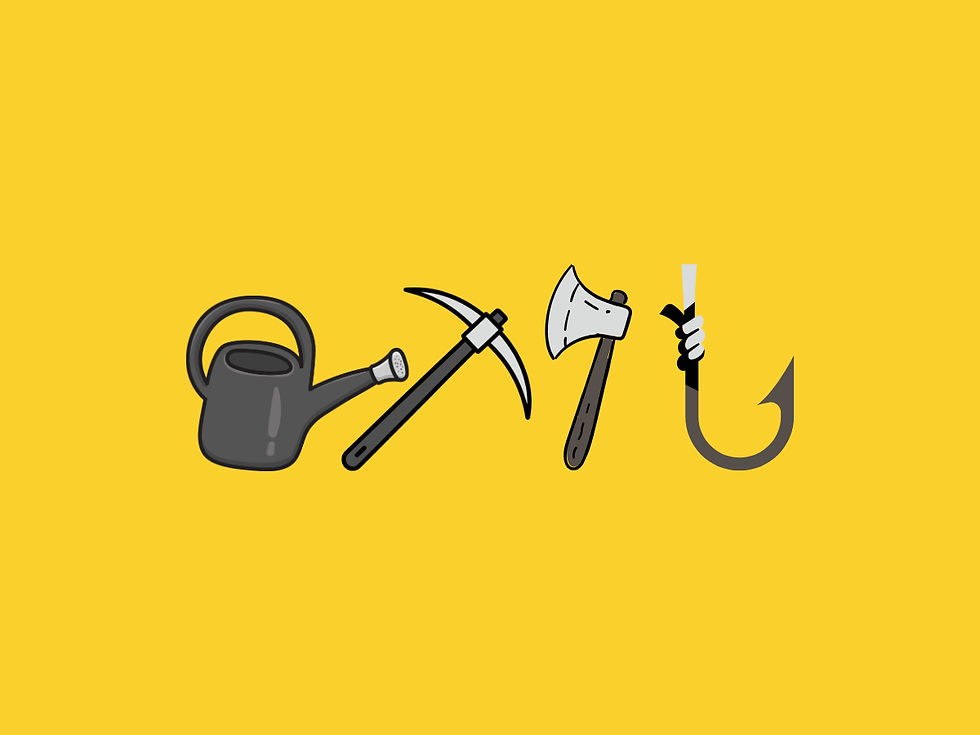No Time for the Thinker: Part Two
- Shum
- Apr 2, 2023
- 2 min read
In part one of this post, I explored what the structure of an art program could teach us. If you have the time, it's a three minute read: No Time for the Thinker.
Today, I'd like to tell you about a game that our son recently started playing.
It's called Dot Knot.
Here's what it looks like:
It's a really, really great game.
I'd like to share what I learned by watching him play the game.
Specifically, his approach to the game.
As you can see in the video above, the purpose is pretty simple.
Connect the dots, without overlapping the lines.
I should mention that the version of the game that he plays is also timed, so speed is important.
When I sat next to him and watched him play, I noticed something about his approach that was drastically different to mine.
He just started connecting dots as fast as possible. He did not care about errors.
Side note: An error occurs when you overlap two lines. The only cost to the error, is the time it takes you to realize that you've made an error. If you moved as fast as he did, it's almost negligible.
When I played this game—obviously I've played this game too—my approach was to think first.
I didn't connect even a single dot until I had figured out which dot to connect first.
I cared about not making errors.
In short, I took a lot longer to even make the first move.
If you judge our performances using the metric of time—who can connect the dots the fastest—he beats me nearly every time.
The game is not judged by the fewest number of moves taken to connect the dots.
Put a different way:
Dot Knot is a game of progress not perfection.
Progress in this case means moving even in ways that might not work, because soon enough you will find a way that does.
Perfection in this case means waiting until you find the best way for things to work, then moving.
The thinker cares about not making errors. The thinker seeks perfection.
When there is no time for the thinker, there is more time for progress.




Comments